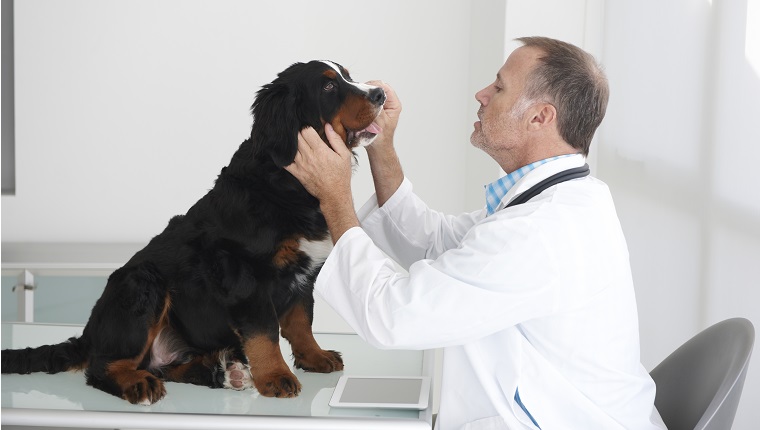Oronasal fistula in dogs is a condition where a passageway develops between the mouth and nose. It can often be caused by bad teeth along the upper jaw.
The condition can lead to symptoms that include inflammation, irritation, and runny noses. In some cases, it can even lead to pneumonia. Oronasal fistula in dogs can also lead to issues with food and water being able to move from the mouth to the nose.
If you see signs this condition in your dog, then you must consult your veterinarian for a proper diagnosis and course of treatment. Here’s what you should know about the symptoms, causes, and treatments of oronasal fistula in dogs.
Symptoms Of Oronasal Fistula In Dogs
Oronasal fistula in dogs is a condition that can produce a range of symptoms. Some of the most common symptoms include:
- Runny nose
- Irritated nose
- Inflamed sinuses
In more extreme cases , the condition can bring about pneumonia.
Causes Of Oronasal Fistula In Dogs

The cause of oronasal fistula in dogs is often associated with a bad tooth situated along the upper jaw. Some of the other common causes include:
- Suffering from a shock or trauma
- Wounds from bites
- Overbites
In terms of specific dog breeds, Dachshunds are most likely to suffer from this condition.
Treatments For Oronasal Fistula In Dogs
If you suspect that your dog might be suffering from oronasal fistula, then your veterinarian will want to carry out a full physical examination along with asking about any recent events that might have been the root cause. They can also use a periodontal probe to help confirm a diagnosis.
Once diagnosed, your dog will most likely have to undergo a surgical treatment to cure the condition. This usually involves extracting any diseased teeth that might be causing the issue, along with fixing the passageway between the nose and the mouth.
It should also be noted that many dogs undergoing treatment have to go through repeat surgeries as the passageway can reopen over time.
Have you ever had a dog who had to have surgery for oronasal fistula? Did your dog make a full recovery? Then tell us all about it in the comments below.









